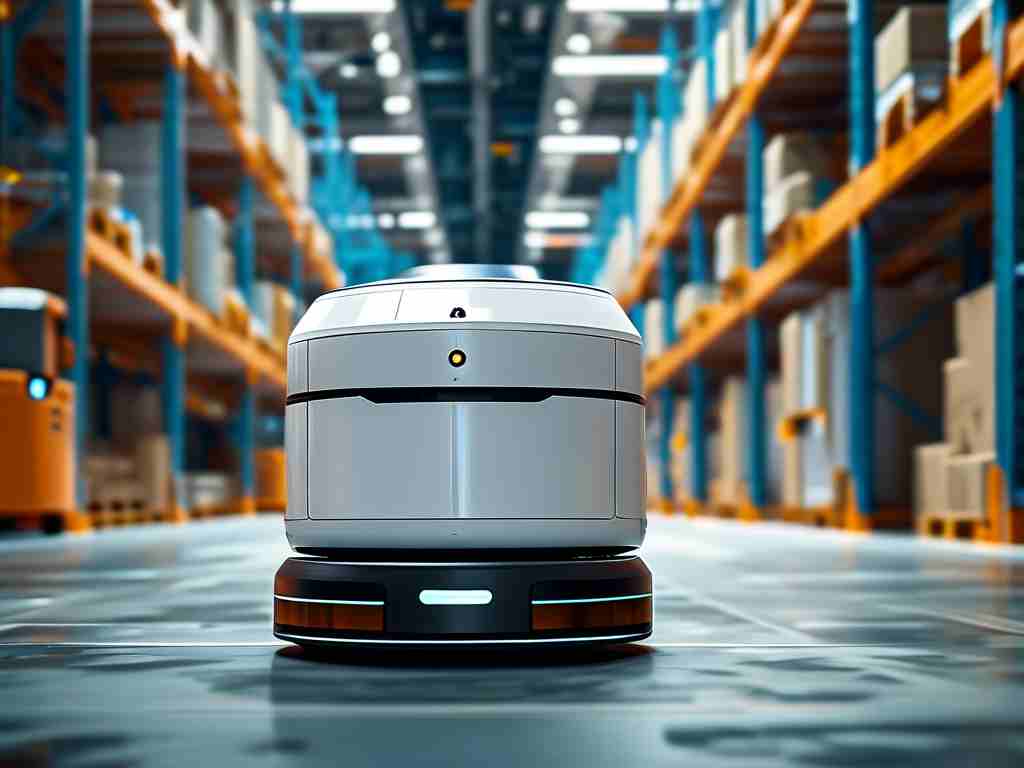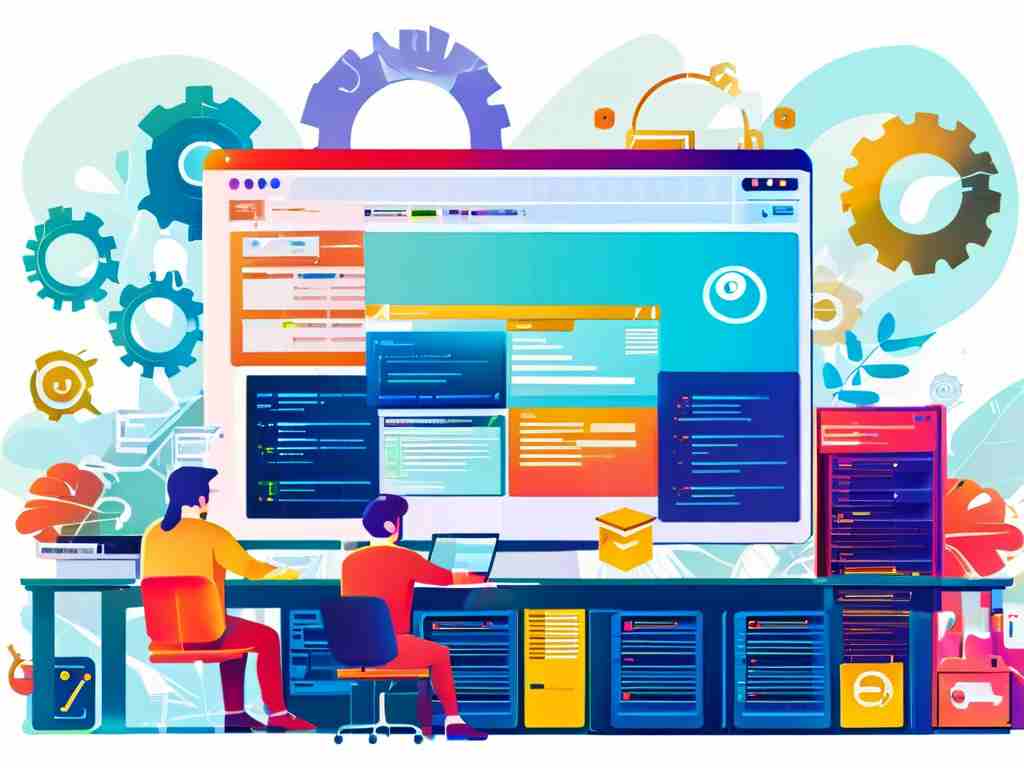The integration of automation into mobile device deployment within server rooms has revolutionized how enterprises manage their IT infrastructure. By leveraging advanced tools and frameworks, organizations can streamline processes, reduce human error, and enhance scalability. This article explores the technical foundations, benefits, and practical implementations of automated mobile deployment in modern server environments.

The Rise of Automation in Server Room Management
Server rooms, traditionally reliant on manual configurations, face challenges such as device heterogeneity, frequent firmware updates, and scalability demands. Automation addresses these issues by enabling standardized workflows. For instance, tools like Ansible and Puppet allow administrators to define device configurations through code, ensuring consistency across thousands of mobile devices. A simple Ansible playbook for deploying settings to Android-based devices might include:
- name: Configure mobile devices
hosts: android_devices
tasks:
- name: Set security policies
adb_command:
command: "settings put global lock_screen_password_enabled 1"
Such scripts eliminate repetitive tasks while adhering to security protocols.
Key Benefits of Automated Mobile Deployment
- Efficiency Gains: Automated workflows reduce deployment time by up to 70%, according to industry benchmarks. For example, a telecom company reduced its device setup cycle from 8 hours to 45 minutes after adopting robotic process automation (RPA).
- Error Reduction: Manual configurations often lead to inconsistencies, especially in large-scale deployments. Automation ensures parity across devices, critical for enterprises managing BYOD (Bring Your Own Device) policies.
- Scalability: Cloud-based automation platforms like AWS Device Farm enable simultaneous testing and deployment across hundreds of devices, a feat impractical with manual methods.
Overcoming Implementation Challenges
While automation offers clear advantages, organizations must address hurdles such as legacy system integration and skill gaps. Hybrid models—combining automated workflows with manual oversight for critical tasks—are gaining traction. For example, a financial institution might automate routine app updates but retain manual checks for compliance audits.
Future Trends: AI and Predictive Analytics
Emerging technologies like machine learning are pushing automation further. Predictive analytics can preempt device failures by analyzing usage patterns, while AI-driven tools optimize network bandwidth allocation in real time. A Python snippet below demonstrates a basic predictive maintenance model using historical data:
import pandas as pd
from sklearn.ensemble import RandomForestClassifier
# Load device performance data
data = pd.read_csv('device_metrics.csv')
model = RandomForestClassifier()
model.fit(data[['battery_cycles', 'memory_usage'









